Scarab Cycles - the story of a Colombian steel bike company

Whatever part of the world you call home, there's no shortage of custom frame builders. You can find brands such as Monē that operate as one-man shops out of the back of a 1990 Wonderbread Truck and also Argonaut that have a full staff and large manufacturing facilities. Over the last few years though, a new brand, Scarab Cycles, has come to the fore in terms of custom frame building.
- The ultimate guide to frame materials: what's best for bikes?
- Bike check: Valtteri Bottas’ Canyon Grail CF SLX
- Reynolds finds steel is 'greener' than titanium in study
Located a short distance south of Medellín Colombia, Scarab builds a range of steel bikes that carry the story of Colombia across the globe. To understand what that means I started by working through the process of building a Scarab bike then I headed to Colombia to pick it up. While I was there I spent time experiencing the landscape that inspired the bikes and I sat down with cofounder Santiago Toro to discuss his evolution as a frame builder and brand leader. If you are looking for a bike unlike any other, this is the backstory that defines Scarab Cycles.
One piece of the puzzle
I talked with Toro several times over a few months. Sometimes it was all business while we discussed what it was I wanted in a gravel bike (fast feeling please). Other times it was over beers after one of a few times I got crushed by rough Colombian gravel and altitude. Each time I talked to Toro he was incredibly gracious and genuinely enthusiastic about his life as a cyclist and what that means.
The other thing Toro is always adamant about is that Scarab is not about any one person. During my time in Colombia, I spent a lot of time with cofounder Alejandro Bustamante as well as Toro. At the time I thought that Bustamante, who handles the art side of Scarab, and Toro were the only two leaders involved. Since then I've learned that even that understanding sells the team short. For one thing, Toro's father Gonzalo Toro has always been an advisor. At first, he used his finance background to provide connections and advice but today the senior Toro also handles day-to-day management.
Even if I include just the three people I spent time with, Scarab is about the end product and a feeling. Even in the very beginning, when Scarab moved from concept to a logo on a headtube, it was because a designer, an engineer, a painter, and a welder walked away from another business and tried something new.
This is all-important to mention right at the top of this discussion. One of the things that the small group was walking away from was the cult of personality that a small frame builder sometimes becomes. Although this is a discussion with one man who was a key part of bringing Scarab into existence, there's a lot more to it. Toro is building a system and has an eye on it outlasting him and this is how he sees that through his eyes.
The obsession begins
As I prepared to write this deep dive into Toro and how Scarab came to be, we continued a conversation from months earlier. At the time we'd been walking through Medellín and I asked Toro about being a problem solver. We only had a moment as we leaned over the edge of a walkway with a view of the city but, at the time, his eyes lit up at the question. It was clear that I'd hit at the core of who he was and he started to talk quickly about how solving geometry problems was what he loved about building bikes. Having also talked to Bustamante about the same thing, I know that it's one of the things that draws the two together.
Unfortunately, at that moment, I didn't have time to ask for more details and it took a while to circle back around. When I did, I asked a simple question. I wanted to know "What does it mean to be someone who solves geometry problems?"
The first thing Toro said when we connected again was that he was "a curious person who loves to understand how things work." Again, this is similar to Bustamante but while Bustamante solves visual problems, with Toro it's mechanical problems. He told me that he "loves to break down mechanical things" and through this process of stripping things back he wants to understand how the pieces interact.
As I suspect is true for most people of this nature, this affinity isn't something Toro picked up as an adult. In his case though, Toro seems to be able to pinpoint exactly when it started. Unfortunately, it's not the happiest story.
The story Toro tells is that as he grew up, his mother struggled with breast cancer. Around the time he was 13 when things were particularly bad, his father got him and his brothers into RC planes as a hobby. The idea was to provide a distraction and focus for the kids during a tough time for the family. Over the years his mother's illness continued and so did the family's time together playing with RC planes. Unlike his brothers, Toro's planes were always in a state of disassembly. While his brothers kept their planes in immaculate condition and displayed them on shelves, he took them apart.
While his brothers enjoyed flying the planes, he instead found the draw was in understanding them. In the beginning that meant just understanding the construction and how you could alter the way they behaved in the air. As he continued to learn Toro evolved to start designing the planes from the ground up but he was also growing into a man. He moved from planes to cars, started racing them, and started industrial design school.
At this point, Toro laughed and exclaimed that he had been a 25-year-old still playing with RC cars. He was selling himself short though. His passion was about more than just playing. His hobby was both an outlet and a practical classroom. School was where Toro learned maths and science but the RC cars allowed him to see the principles in practical form.
Bikes came second
Toro didn't start riding bikes young. During our conversations, he never talked about bikes as a significant part of his childhood. Although he's a passionate and talented rider now, he told me he didn't start riding seriously until about 15 years ago. He also never talks passionately about pushing his body to the limits or the physicality of riding a bike. Instead what Toro gets passionate about is the mechanical aspect of bikes and he compares it to the RC vehicles that came first. In both cases, it's the adjustments and ability to alter the feel that his eyes light up talking about.
Whatever his reasons, as Toro got more and more enmeshed in cycling he spent his time researching bikes. While many of us likely understand that obsession, Toro says his was a bit different. He didn't spend his time wondering what professionals rode or how much a new frame weighed. Instead, Toro wanted to understand how the small details change the way a bike rides.
As I listened to Toro talk about the progression of his cycling obsession it sounded a lot like the RC vehicles. What Toro didn't say is that he is a master at making his passions his life. As he started to find RC cars less entrancing, and cycling more so, he continued with school. Part of finishing school was service hours and, naturally, he focused on cycling.
The first project Toro took on was helping with translation for an organization that got kids to ride and fix bikes. At first, that meant translating bike part names between Spanish and English but it ended up changing his life because of a connection. That connection happened when a journalist came to Colombia to report on the cycling scene and Toro handled the translation.
Toro told me that the man spoke Spanish fluently but it was the bike he was riding that altered the path of his life. The journalist was on a beautiful custom titanium bike and although Toro had seen other high-end titanium bikes, he didn't understand them.
Up until this discussion he had always thought of bikes as a manufactured product. It was this man riding a custom-built titanium bike that helped him understand that bikes can be a products made by a person. The idea that bikes could represent a direct connection between a customer and a builder was the spark.
At the same time as he was doing social service, and getting lost in the world of cycling, his father suggested they start a bike business. Before this meeting, what Toro was working on was importing bikes but that all changed. After this conversation, he called his dad and said “We are going to make bikes in Colombia.” Now they just had to figure out what that meant.
The first business
Once again Toro leaned on the skills he'd learned during his time in the RC vehicle community. Even more than cycling, RC vehicle communities exist primarily in forums where passionate people connect from across the world. With a new passion, Toro joined new forums and met a new community. He told me he spent "hours and hours in forums just trying to get a grasp of this new obsession."
During that time the questions evolved but the basics were all about solving problems. On one hand, the problem to solve was making a bike that rode well. That involved first breaking down what that meant and then learning how a bike design influences that. At the same time though, aesthetics were an important consideration. Although Toro didn't specifically say it, part of a bike that just feels right is a bike that looks right. He told me "When a bike was right you could tell from far away."
As Toro explored these concepts through forums, Colombian cycling was also having a moment. Names such as Nairo Quintana and Rigoberto Urán were putting the country on the map in a new way. An international conversation was forming around how some of what made Colombian cyclists great was the land they came from. As Toro explored how to start a successful business, Colombia began to centre itself in the conversation in the same way. As all of these themes came together though, Scarab did not initially emerge.
The first bike business that Toro was a part of existed from 2014 through 2018 and it came out of the relationship with the journalist. Like my time in Colombia, that journalist was there to talk about bikes but also builders. He introduced Toro to a Colombian frame builder and the two developed a relationship that eventually turned into a business.
Toro doesn't talk much about the products that came from that first business. Instead what he talks about is learning the process. He discusses how that time was all about learning the day in, day out, and how you build every part of the production process. Some of that involved understanding every process from an engineering point of view but some of it was also learning how you train people and how those people fit into every part of a production process. Ultimately, Toro says "he learned a lot about how to run a business but his partner at the time didn't feel like the right fit." There's no animosity but Toro is young and just starting his story. Toro and his first business partner "could come together with the love of bikes but it wasn't right for the long term."
Scarab is an evolution and an ideal
I started this conversation by telling you about the basic concept of Scarab. It's time for that part of the story to come back. Scarab is an evolution of the lessons learned in Toro's first business and a big part of that is moving away from celebrating an individual builder. Scarab is about presenting a brand that isn't about a specific person. Of course, that leaves open the question of what makes Scarab special.
As with any business, Scarab is also an evolution. The first four people, Toro included, building bikes at Scarab focused on three concepts, "Colombia, ride quality, and a really fun bike." The team wanted a bike that was about the joy of riding. Something that every time you rode you would enjoy but, by extension, that means a focus on the customer. A fun bike is not the same for every person and because of that Scarab has always been about understanding the customer while also presenting a point of view.
As the business has evolved over the years, those initial three pillars have simplified into only two. Other bike builders can understand the customer. The thing that defines a Scarab is that it also tells a Colombian story. With that in mind, today's Scarab Cycles focuses on "enjoying cycling and expressing Colombia."
Although I've told the story of how Santiago Toro and his mother’s illness started the ball rolling, that's not what this brand is about. It may inform the brand but, having ridden a Scarab and done so in Colombia, I might suggest even simpler ideals.
It's impossible to ride in Colombia and not enjoy cycling. Colombia infuses every Scarab bike with a spirit of the land it came from and there's no other bike in the world that can make that claim. If that's what you want, Toro sets things in motion but Scrab is where you get it.
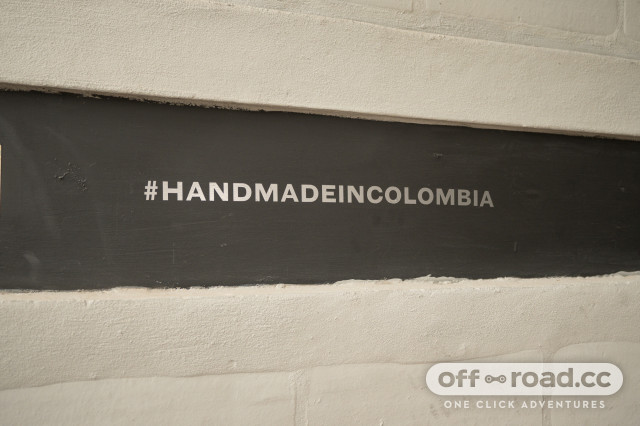
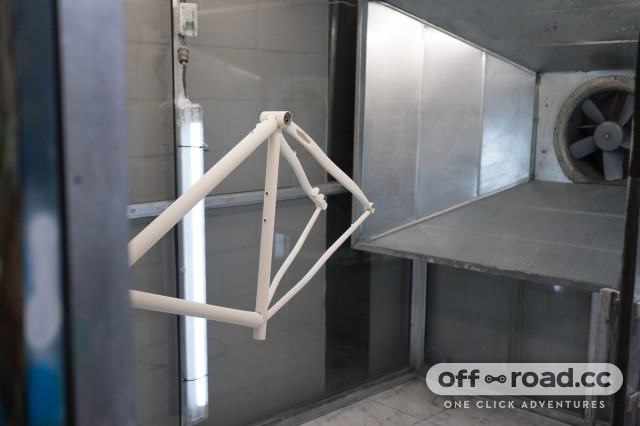
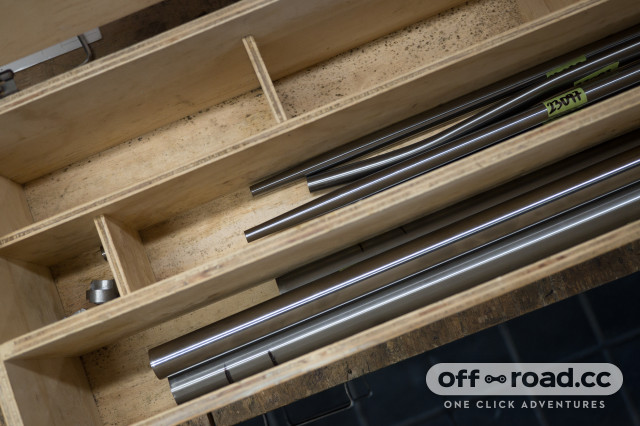
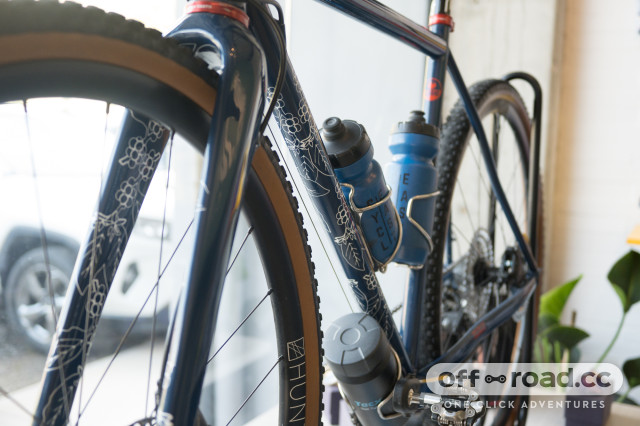
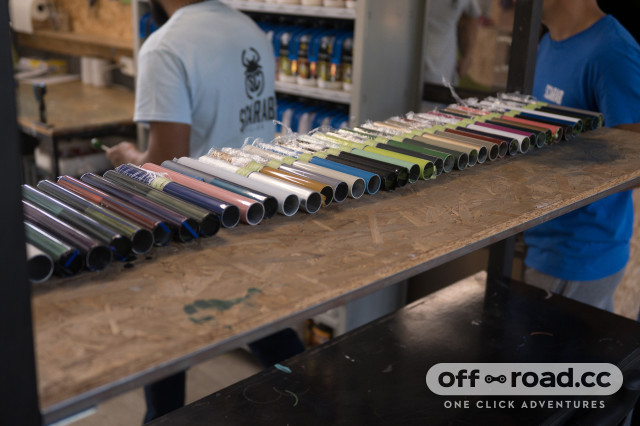

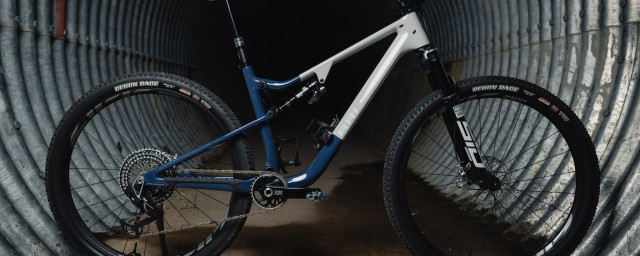
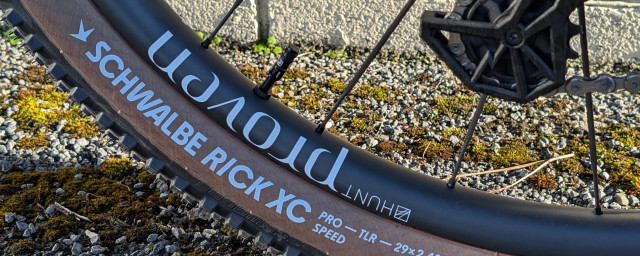
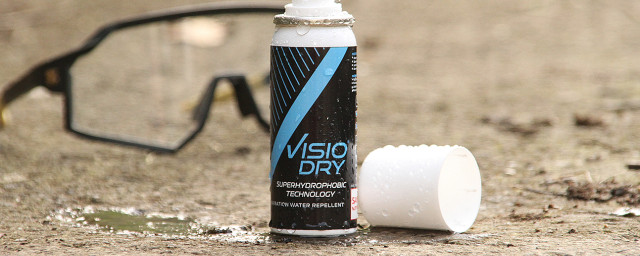
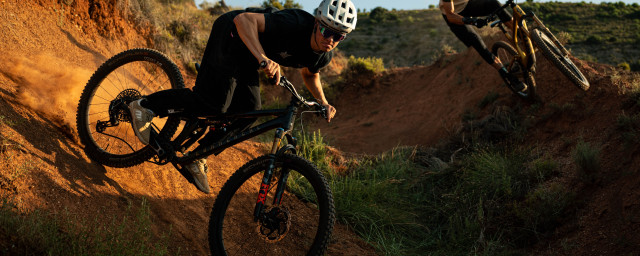

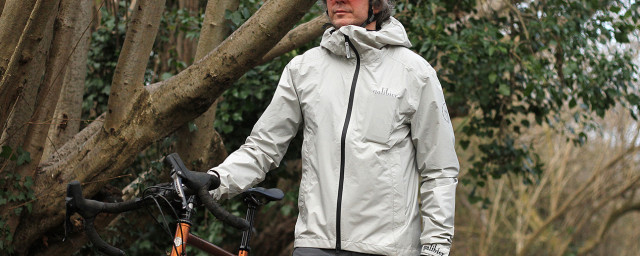

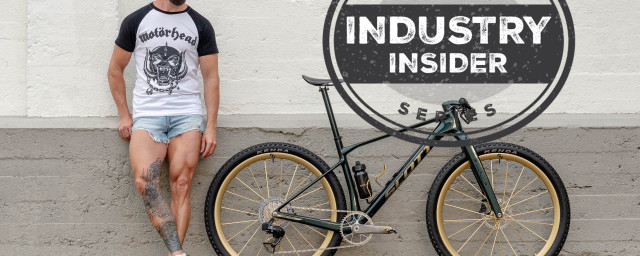
2 comments
Thanks. And now do the same for the link in road.cc.
You might want to spell the county's name properly!